Uncategorized
-
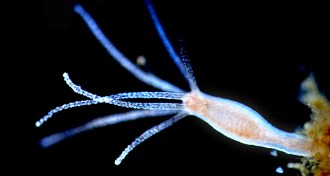 Animals
AnimalsOrganisms age in myriad ways — and some might not even bother
There is great variety in how animals and plants deteriorate (or don’t) over time.
By Susan Milius -
 Animals
AnimalsReaders mesmerized by ‘Strange visions’
Animal vision, ice-making microbes, brain maps and more reader feedback.
-
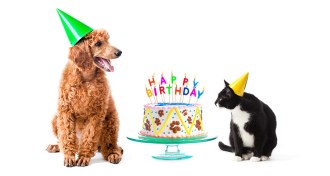 Animals
AnimalsWhat animals’ life spans can tell us about how people age
The animal world can offer insights into human longevity.
-
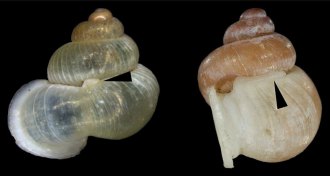 Animals
AnimalsHow snails breathe through snorkels on land
Shells with a tube counterintuitively sealed at the end have hidden ways to let Asian snails snorkel while sealed in their shells.
By Susan Milius -
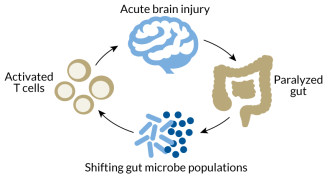 Neuroscience
NeurosciencePost-stroke shifts in gut bacteria could cause additional brain injury
The gut’s microbial population influences how mice fare after a stroke, suggesting that poop pills might one day prove therapeutic following brain injury.
-
 Health & Medicine
Health & MedicineUnprotected sex less risky if HIV-positive partner on antiretroviral therapy
The risk of HIV transmission during unprotected sex drops drastically if the HIV-positive partner is taking antiretroviral therapy.
By Meghan Rosen -
 Particle Physics
Particle PhysicsThree cousins join family of four-quark particles
Scientists with the Large Hadron Collider’s LHCb experiment report three new particles and confirm a fourth.
-
 Anthropology
AnthropologyEarliest evidence of monkeys’ use of stone tools found
600- to 700-year-old nut-cracking stones from Brazil are earliest evidence that monkeys used tools.
-
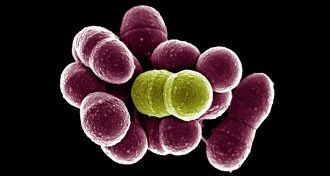 Life
LifeWhen mouth microbes pal up, infection ensues
A common and usually harmless species of mouth bacteria can help harmful bacteria become more powerful by providing oxygen.
-
 Health & Medicine
Health & Medicine‘Cracking the Aging Code’ tackles aging from evolutionary perspective
In 'Cracking the Aging Code', theoretical biologist Josh Mitteldorf and writer Dorion Sagan take a different approach to the science of growing old.
-
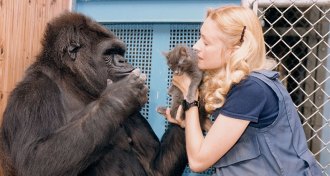 Animals
AnimalsDocumentary looks for meaning in Koko the gorilla’s life
'Koko — The Gorilla Who Talks' documents the nearly 45-year relationship between researcher Penny Patterson and Koko, the subject of an ape sign language project.
By Erin Wayman -
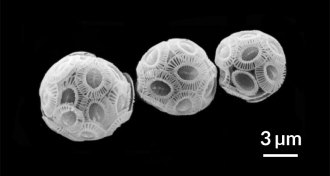 Climate
ClimatePhytoplankton’s response to climate change has its ups and downs
In a four-year experiment, the shell-building activities of a phytoplankton species underwent surprising ups and downs.